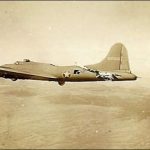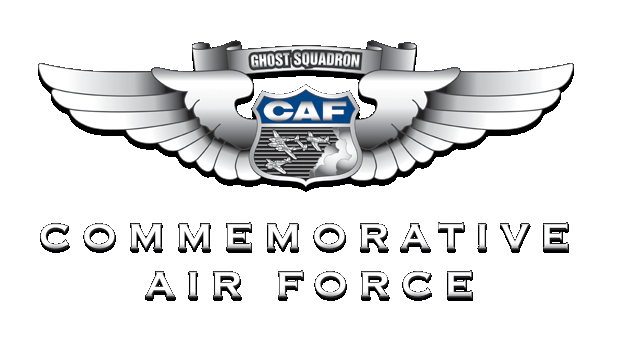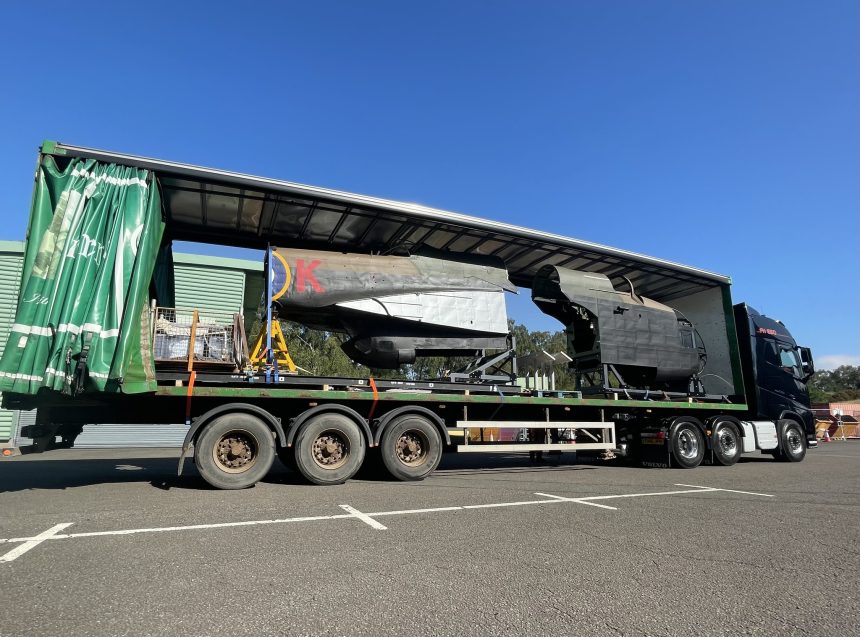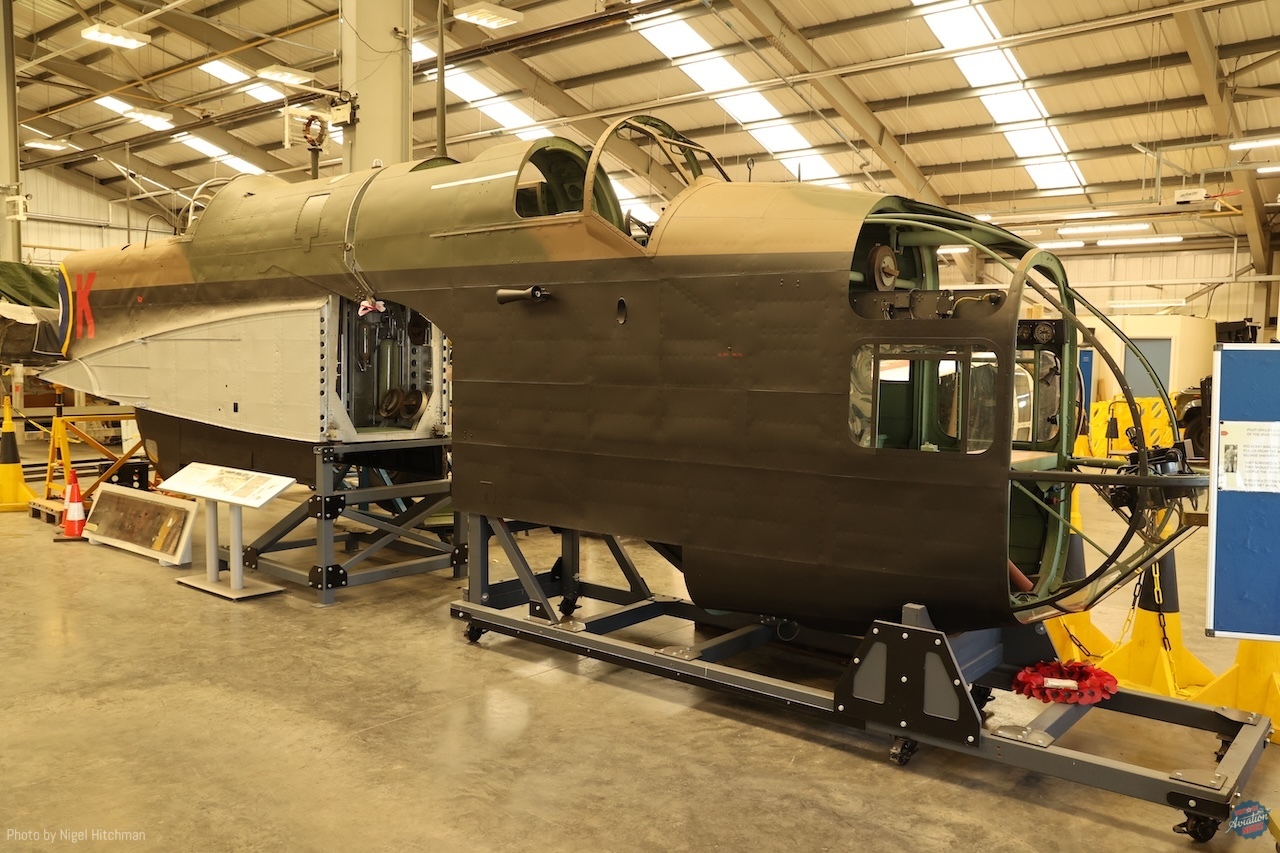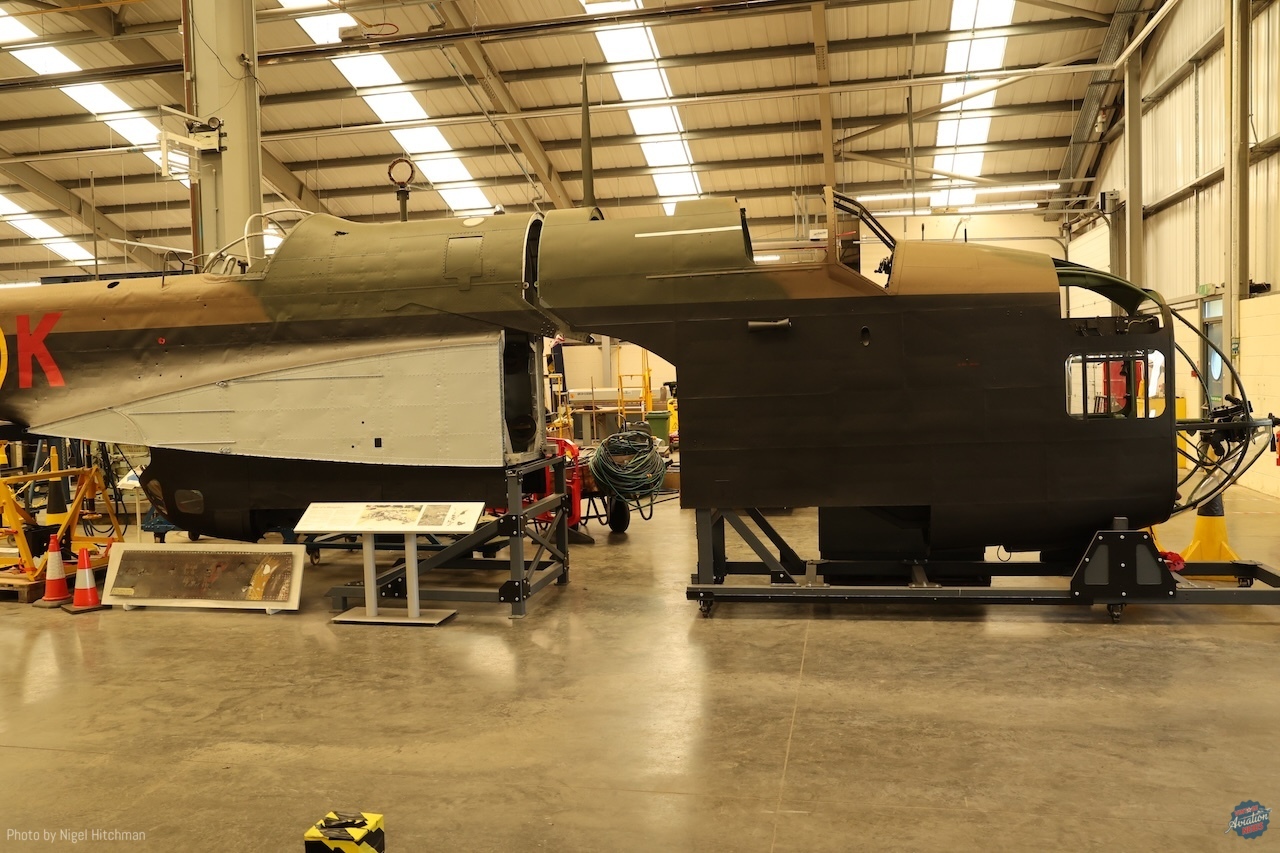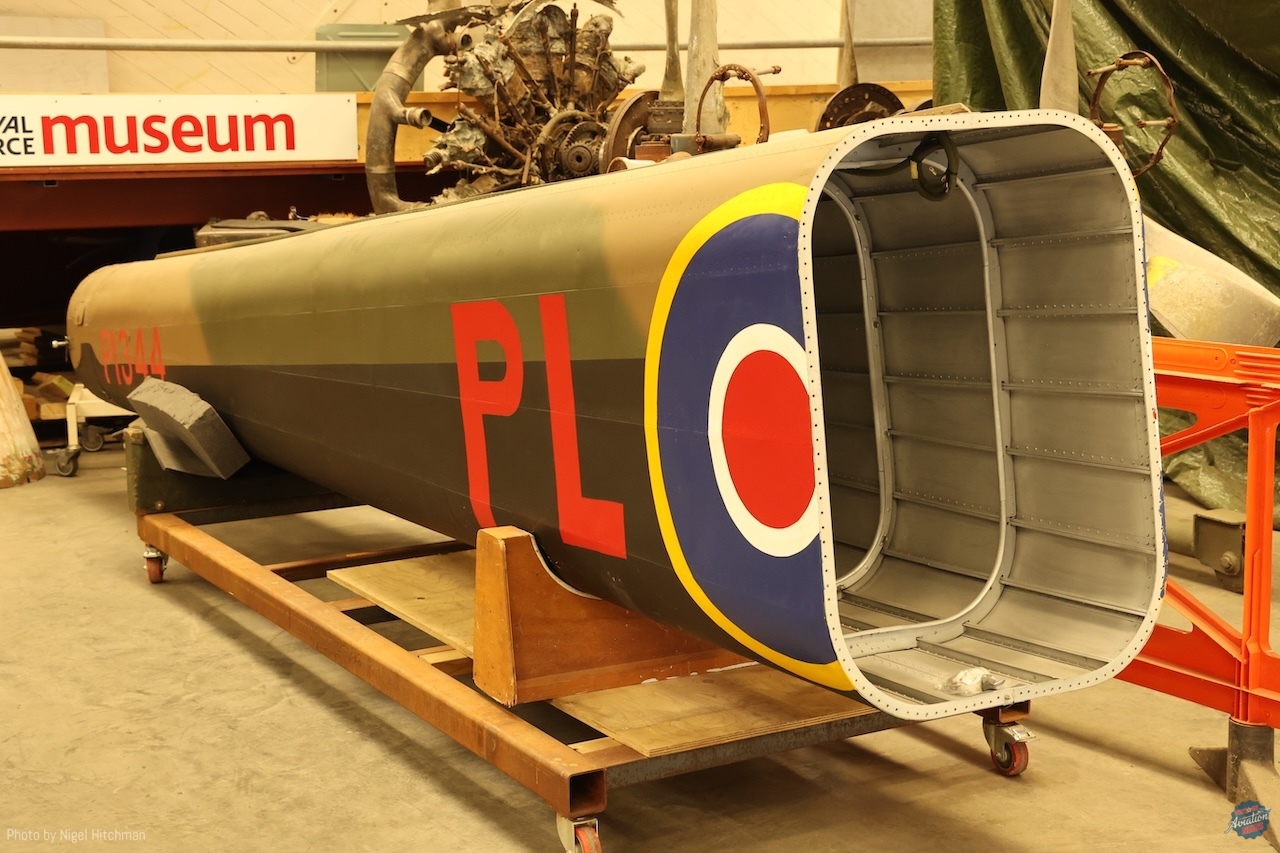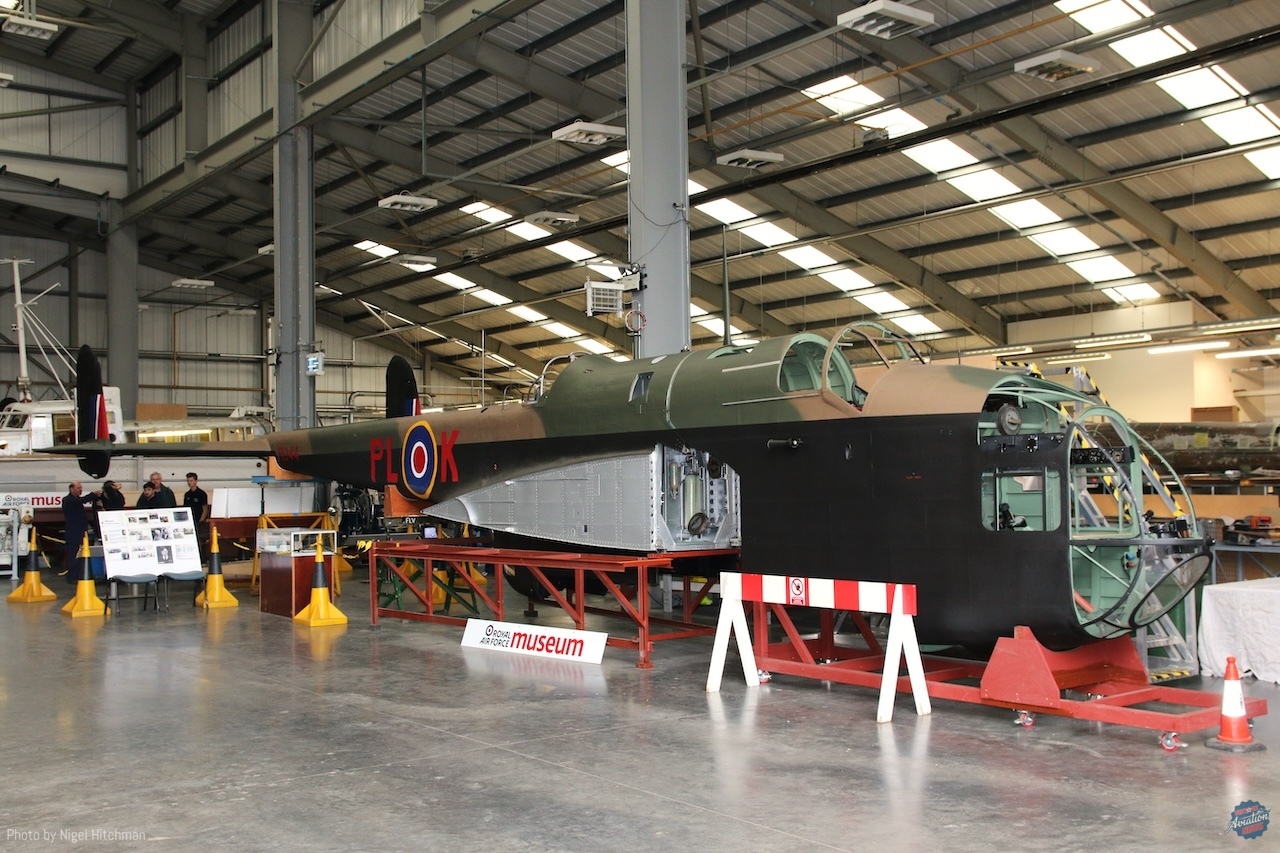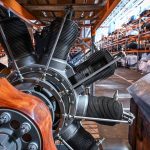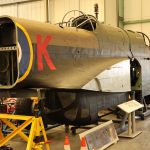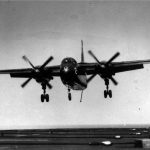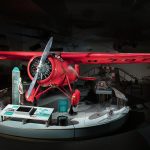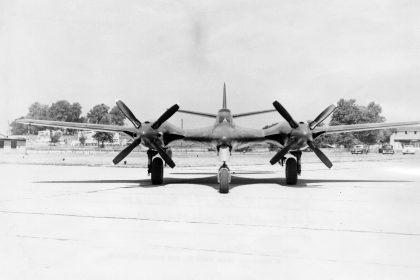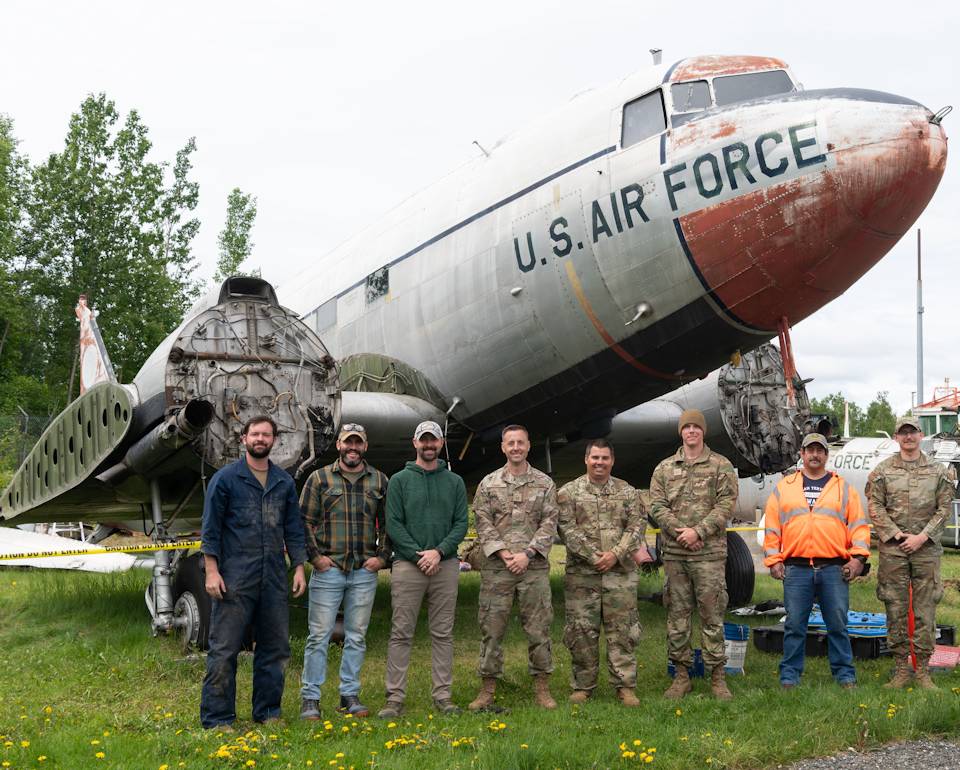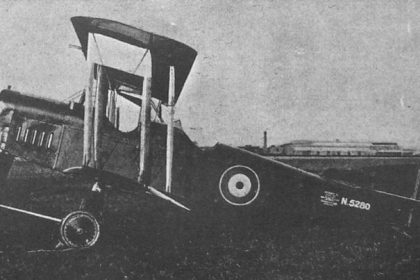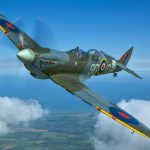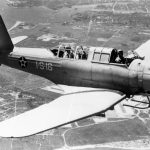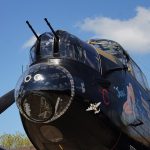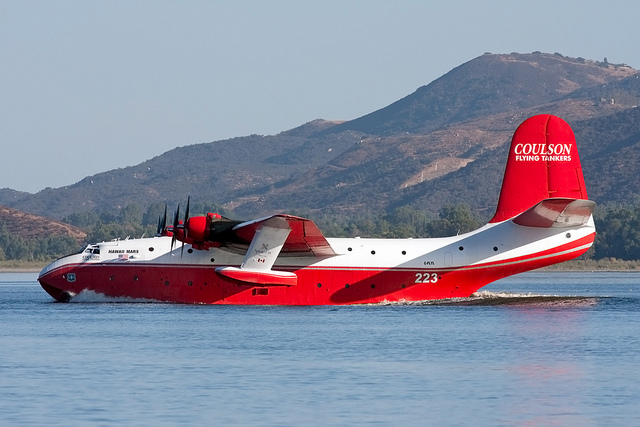On Monday, June 30th, the Handley Page Hampden departed the RAF Museum Midlands and is now en route to our London site. Soon, this rare Second World War bomber will be placed on public display for the very first time. As one of only three surviving examples of its type worldwide, the Hampden represents an extraordinary chapter in aviation history.
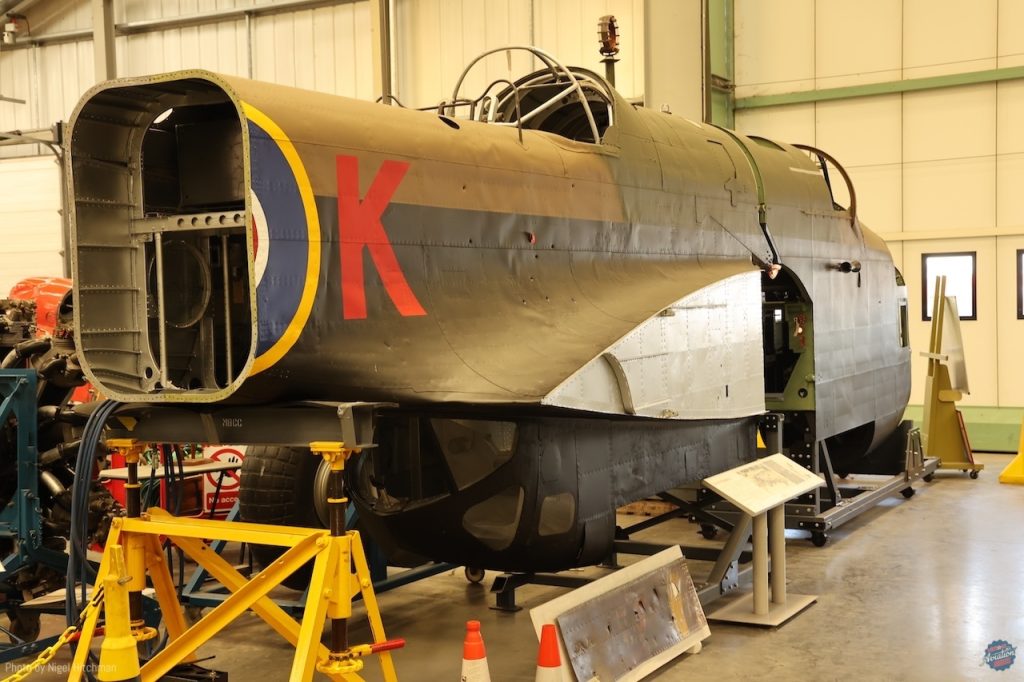
The aircraft in question, Handley Page Hampden TB.1 P1344, was among 32 Hampdens undertaking a ferry flight from Sumburgh in the Shetland Islands to northern Russia in 1942, part of a mission to support Arctic convoy operations. In September of that year, it was shot down over the Kola Peninsula by Messerschmitt Bf 109 fighters. The wreckage was recovered in 1991 and subsequently acquired by the RAF Museum in 1992.
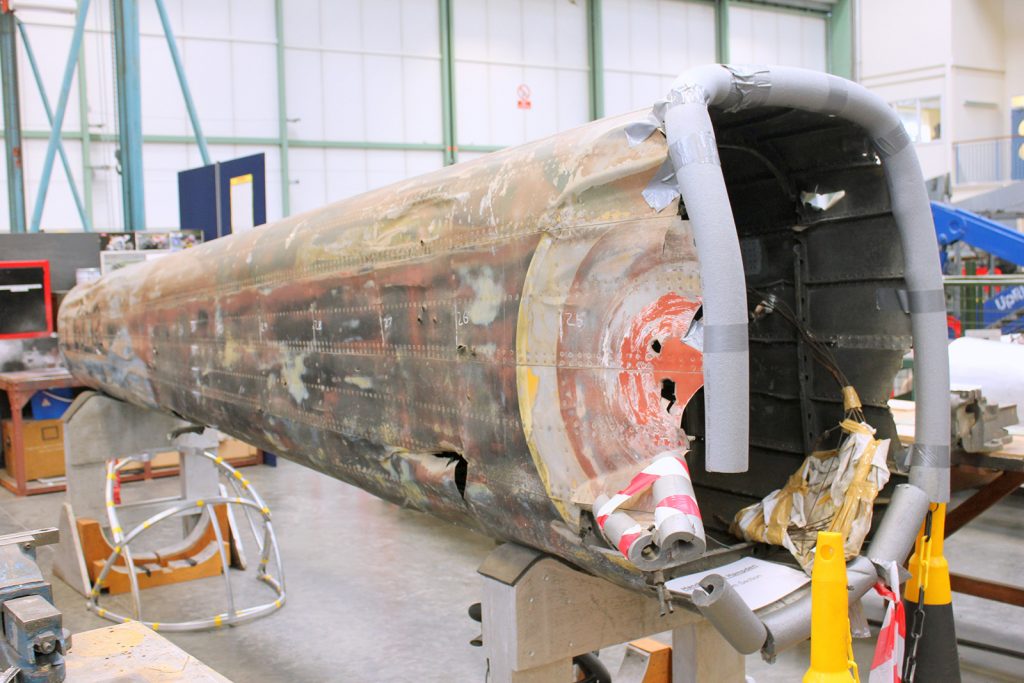
While restoration progressed gradually for many years, work has accelerated since 2014. The aircraft is now ready for public exhibition at the RAF Museum in Hendon. The rear fuselage is largely original, while the forward fuselage has been reconstructed using a combination of original components and new material. The tail boom is a newly built replacement, with the damaged original preserved for display. The tailplane incorporates approximately 25% original structure. Although the wings have not yet been restored, they are safely held in storage. Click HERE to read Nigel Hitchman’s recent update about the RAF Museum Midlands (Cosford) – Restoration, Storage, and Disposals





